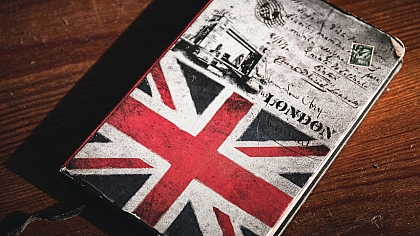
Wanderlust Treasures: Unveiling the Craftsmanship of Global Souvenirs
Travelling the world is a remarkable experience, an opportunity to immerse oneself in different cultures, taste diverse cuisines, and witness breathtaking landscapes.
But beyond the scenic vistas and local delicacies, there's another cherished aspect of travel: souvenirs. These little tokens of memory allow us to carry a piece of our journeys back home. From intricately carved figurines to vibrantly coloured fabrics, souvenirs provide a tangible link to the places we've visited and the people we've met.
Cultural Significance of Souvenirs
Souvenirs hold a special place in human history. Throughout time, people have been collecting mementoes from their travels as a way to commemorate significant experiences and share stories with others. These keepsakes offer a glimpse into the culture, traditions, and history of a particular region. They serve as windows into the past, conveying a sense of the local lifestyle, artistic expressions, and even the values held by a community.
Variety of Souvenirs
The world of souvenirs is as diverse as the cultures they represent. Each region boasts its unique treasures, crafted with distinct techniques and materials. From delicate porcelain trinkets in China to intricately woven textiles in Peru, souvenirs encapsulate the essence of a destination.
Artisanal Craftsmanship
One common thread among souvenirs from around the world is the craftsmanship that goes into their creation. Skilled artisans often employ traditional methods that have been passed down through generations. These artisans infuse their creations with a sense of authenticity and uniqueness that cannot be replicated by mass production.
In certain regions, such as the markets of Marrakech in Morocco, skilled metalworkers create exquisite lanterns that cast intricate patterns of light when illuminated. Similarly, in Japan, the art of origami transforms simple pieces of paper into intricate sculptures, each fold telling a story.
Custom Patches for Hats: A Unique Souvenir
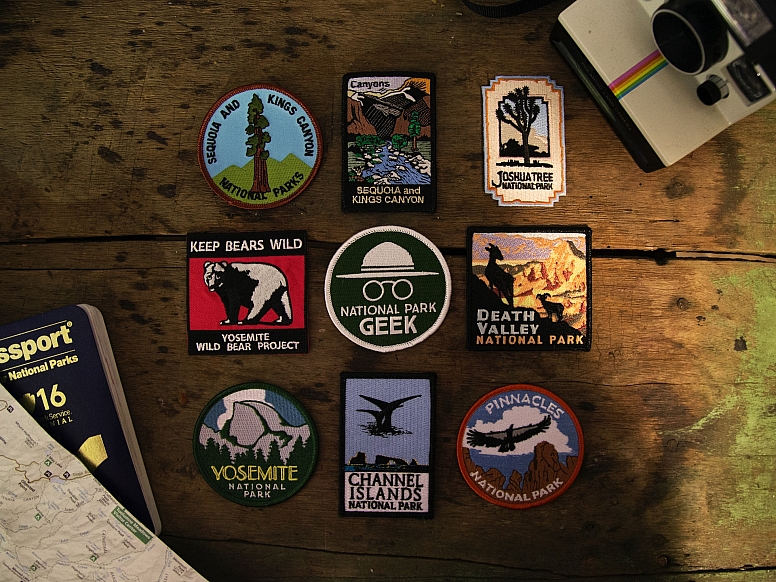
One intriguing souvenir trend that has gained popularity in recent years is the use of custom patches for hats. These patches, often adorned with the name or emblem of a destination, provide a contemporary twist on the traditional souvenir. While souvenirs are typically standalone items, custom patches allow travellers to personalize their belongings, such as hats or backpacks, with a unique piece of each place they've visited.
The process of creating custom patches for hats involves a combination of design, embroidery, and careful attention to detail. Skilled craftsmen use specialized machines to meticulously stitch intricate designs onto fabric, resulting in a patch that captures the essence of a location. These patches can feature iconic landmarks, local flora and fauna, or even phrases in the native language of the region.
Preserving Cultural Heritage
In a world that's becoming increasingly interconnected, the preservation of cultural heritage has never been more crucial. Souvenirs play a role in this effort by supporting local artisans and traditional crafting techniques. When travellers purchase souvenirs, they contribute to the livelihood of these artisans, helping to ensure that their skills are passed down to future generations.
Furthermore, souvenirs often tell stories that transcend language barriers. They serve as tangible reminders of the beauty and diversity of our planet, promoting a deeper understanding and appreciation of cultures different from our own.
Traditional Souvenirs: Preserving Culture Through Treasured Keepsakes
Traditional souvenirs are not just objects; they are vessels of culture, history, and memory. They provide a tangible link to a specific time and place, capturing the essence of a destination's heritage and offering travellers a way to bring a piece of that world back home.
These souvenirs are often crafted using age-old techniques and materials unique to the region, making them authentic representations of the culture they hail from. Let's explore some of the traditional souvenirs found across different parts of the world:
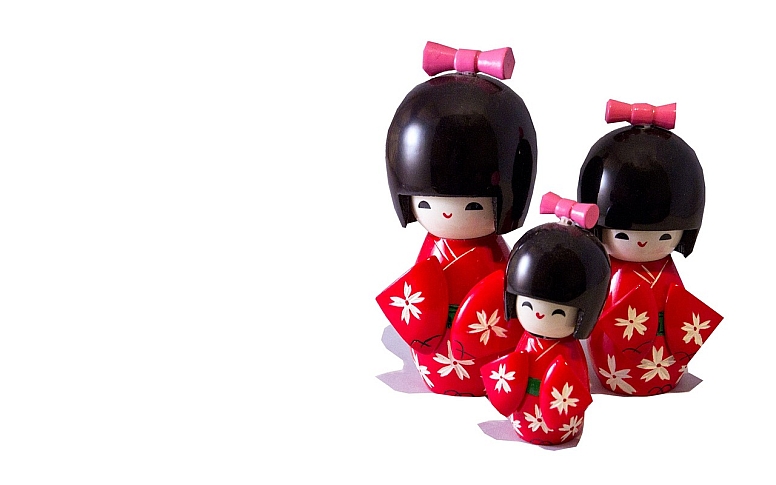
1. Japanese Kokeshi Dolls: These handcrafted wooden dolls are a symbol of Japan's rich artistic heritage. Originating in the Tohoku region, each doll is carved and painted to represent a woman with a simple, elegant design. Kokeshi dolls have a spiritual significance and were originally made as gifts for newborns or as offerings to shrines. Today, they are popular souvenirs that carry the essence of Japanese craftsmanship.
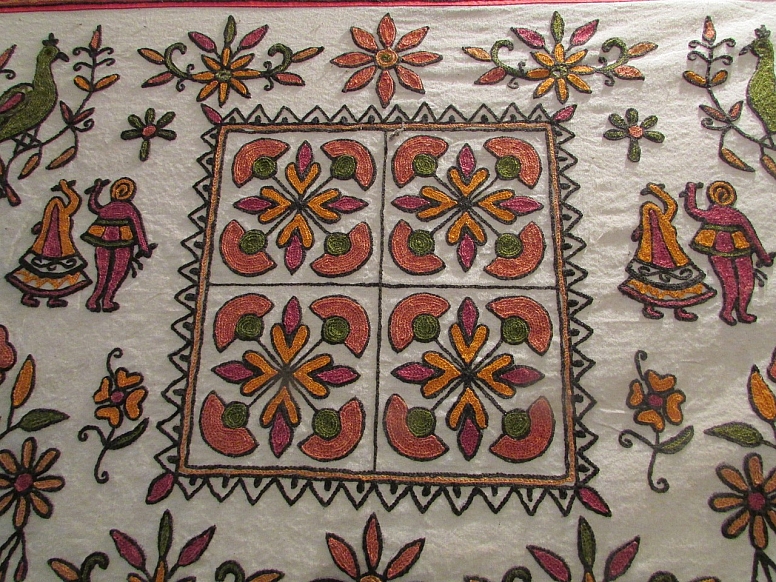
2. Indian Textiles: India's diverse regions produce an array of textiles, each with its unique weaving techniques, patterns, and colours. From the intricate brocades of Banaras to the tie-dye fabrics of Rajasthan, these textiles tell the story of India's rich textile history. Shawls, sarees, and scarves are popular choices among travellers, showcasing the intricate artistry and cultural significance of Indian craftsmanship.
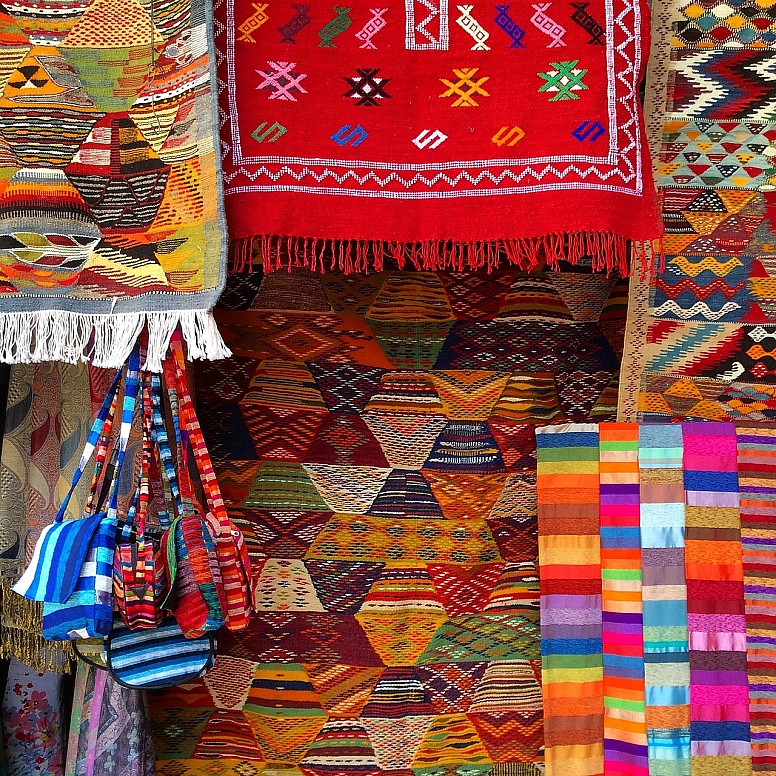
3. Moroccan Carpets: Handwoven carpets and rugs from Morocco are renowned for their vibrant colours and intricate designs. Crafted by Berber artisans in the Atlas Mountains, these carpets often feature geometric patterns and symbols that hold cultural and tribal meanings. Purchasing a Moroccan carpet not only brings home a piece of the country's history but also supports the livelihood of these skilled weavers.
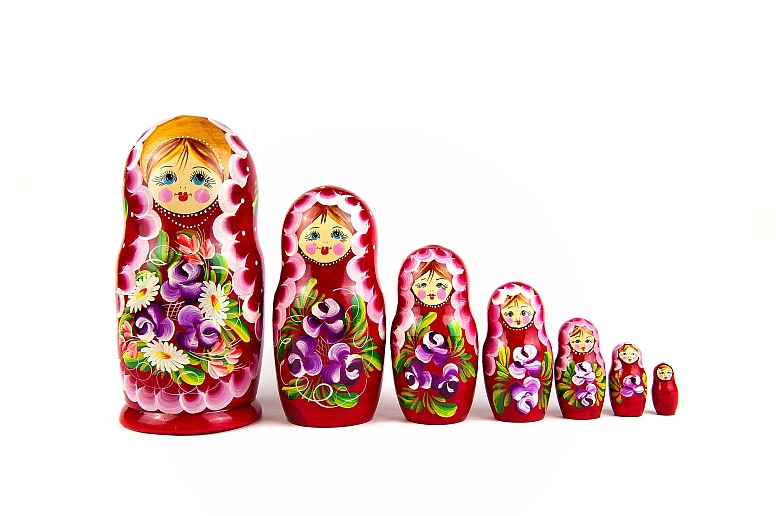
4. Russian Matryoshka Dolls: Matryoshka dolls, commonly known as Russian nesting dolls, are a hallmark of Russian folk art. These wooden dolls come in sets of decreasing sizes, each one fitting inside the larger one. Often painted with traditional costumes and designs, these dolls symbolize fertility and family, making them cherished gifts that encapsulate Russian culture.
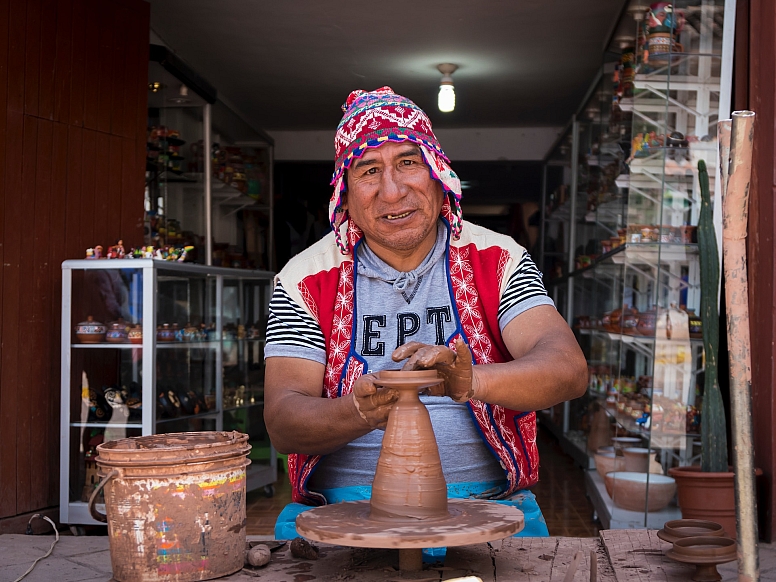
5. Peruvian Pottery: Peru's pottery tradition dates back thousands of years to its ancient civilizations. The intricate pottery often features vibrant colours and intricate patterns, depicting scenes from daily life, nature, and mythology. These pieces reflect the cultural richness of the Andean region and are a way to connect with the country's indigenous heritage, they are also a unique idea when it comes to choosing a gift.

6. African Masks: African masks are powerful symbols of ritual, spirituality, and artistic expression. Crafted by skilled artisans, these masks vary widely in design and purpose, representing different cultures, tribes, and ceremonies. African masks are not only visually striking but also carry deep cultural significance, making them highly sought-after souvenirs.
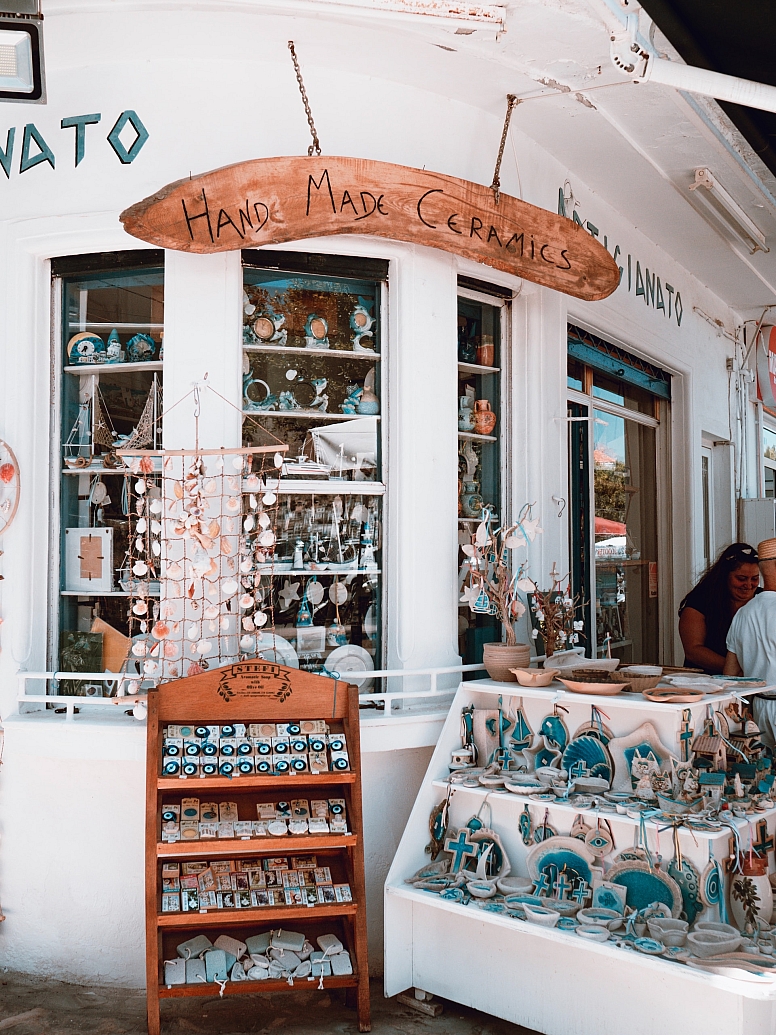
7. Greek Ceramics: Greece's history of pottery dates back to ancient times, with each region having its distinct style and techniques. From intricately painted plates to amphorae inspired by classical Greek art, these ceramics embody Greece's artistic legacy. Owning a piece of Greek pottery is like holding a fragment of the country's mythic past.
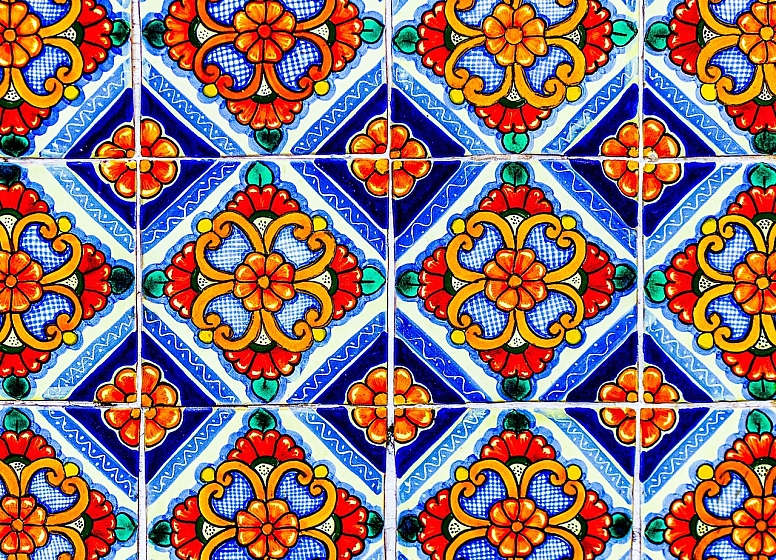
8. Mexican Talavera Tiles: The art of Talavera ceramics in Mexico has its roots in Spanish colonial history. These hand-painted tiles and pottery pieces are characterized by their intricate patterns and bold colours. Talavera tiles often adorn buildings, adding a touch of Mexico's vibrant cultural heritage to architecture. As souvenirs, they offer a glimpse into the country's artistic identity.
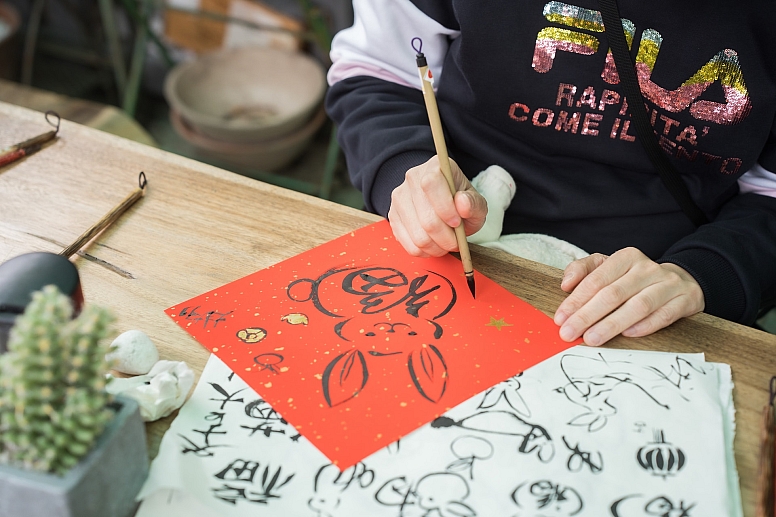
9. Chinese Brush Paintings: Chinese brush painting is a traditional art form that emphasizes minimalism, balance, and harmony. Reproductions of brush paintings capture the elegance of Chinese landscapes, flora, and fauna, making for meaningful and aesthetic souvenirs.
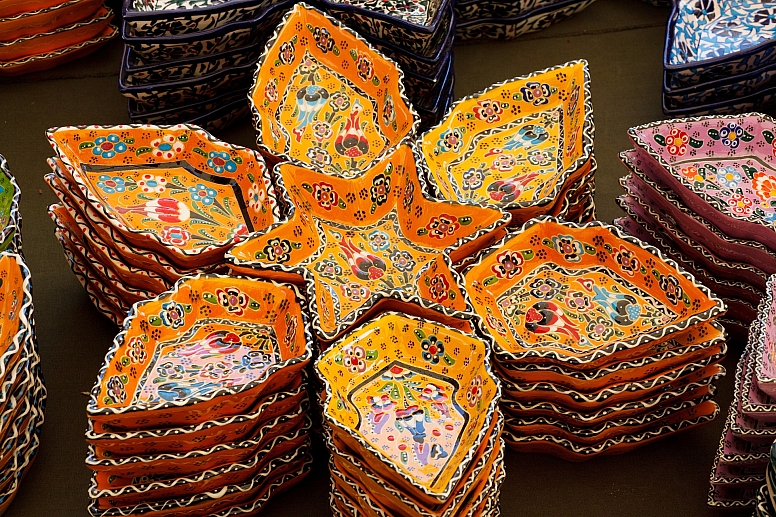
10. Turkish Iznik Ceramics: Iznik ceramics, also known as Turkish ceramics or Ottoman ceramics, originate from the town of Iznik in northwestern Turkey. They rose to prominence during the 16th century under the Ottoman Empire, particularly during the reign of Suleiman the Magnificent. These ceramics are characterized by their distinctive designs, which often feature intricate floral motifs, geometric patterns, and vibrant shades of blue, green, and red.
In a world that's rapidly evolving, traditional souvenirs serve as bridges between the past and the present. They remind us of the beauty of human creativity, the stories woven into each piece, and the diverse cultures that make our world so rich. Collecting these souvenirs is not merely an act of possession; it's a way of honouring the craftsmanship and heritage that shape the places we visit.
Souvenirs hold a special place in the hearts of travellers. They're more than just physical objects; they're the embodiment of memories and experiences. As we explore the world, we are drawn to these keepsakes that allow us to relive our adventures and share them with others. From handcrafted ceramics to intricately woven fabrics, each souvenir reflects the rich tapestry of human culture.
And in the modern age, the emergence of trends like custom patches for hats shows that the art of souvenir-making continues to evolve while staying true to its roots. So, the next time you find yourself admiring a souvenir from a distant land, remember that you're holding a piece of history, a testament to the creativity, craftsmanship, and shared humanity that unites us all.



